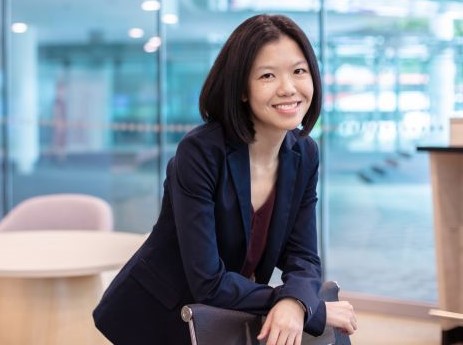
By Jovina Ang
SMU Office of Research – As a multi-racial and multi-religious country, the Singapore Government and the different communities have been working hard to ensure that the diverse population live harmoniously.
To promote racial and religious harmony, all religious holidays practised by the three main races – Chinese, Malay and Indian – are celebrated.
There also exist strict laws preventing people from denigrating another religion.
Nonetheless, a recent survey by the Institute of Policy Services highlighted that social class divide has emerged as an issue dividing Singaporeans.
Social class can be defined objectively on the parameters of wealth/income, educational attainment, and occupational prestige, or subjectively, based on one’s perceived rank in their society or how well they think they are doing socioeconomically compared to others. Social class divide can be seen or felt when objective or subjective class differences are too wide or unjustified. This divide can lead to negative perceptions toward different social classes and challenges social cohesion.
“For a small nation-state like Singapore, a strong social compact is fundamental to our survival. The threat of class divisions growing in Singapore is naturally concerning to me – both as psychologist who studies class disparities and as a Singaporean,” SMU Assistant Professor of Psychology Jacinth Tan told the Office of Research.
“While greater social mixing is an important step towards addressing class divide, there are double-edged effects of increased intergroup contact. It can unite if individuals can overcome differences, but it can potentially divide if differences are salient,” she continued.
As this pertinent issue cannot be ignored, Professor Tan was recently awarded the SSHR (Social Science and Humanities Research) fellowship grant from the Ministry of Education to probe into it.
She is also the first awardee from SMU to receive this prestigious fellowship grant.
There are several questions that Professor Tan would like to answer, specifically:
- What is the representation of different social class groups – or social class diversity – in Singapore neighbourhoods, based on actual data and as perceived by Singaporeans?
- Do these actual data and perceptions predict how much Singaporeans interact with others from a different social class and how they feel about different social class groups?
- What are the factors that might foster or undermine the benefits of greater social class mixing?
The research
To answer the questions, Professor Tan will conduct three separate studies in the next five years.
Study 1 is a large-scale field survey covering 30 residential areas across Singapore.
The primary objectives of the study are twofold. One, it will ascertain the degree of class diversity – whether different social class groups are equally or unequally represented – in various neighbourhoods in Singapore. Two, it will determine whether exposure to greater social class diversity would shape Singaporeans’ interactions with different social classes, perception of different social class groups, and the overall feelings of class divide.
Study 2 shares similar objectives to Study 1 and will be executed using an experimental study that manipulates the perception of class diversity, as well as the salience of class differences such as images of private housing and luxury cars in the environments. Two population samples will be included in Study 2 – an adult population sample, and a sample comprising university students. Their feelings toward different social class groups and of the general class divide will then be assessed.
Study 3 aims to draw on the findings from Studies 1 and 2, and ascertain if exposure to messages that emphasise embracing class differences (the value-in-difference approach) or equality regardless of class (the value-in-equality approach) may foster more positive cross-class interactions, and more positive feelings toward different social class groups. Interactions will be studied in the laboratory using pairs of people comprising Singaporean adults and Singaporean university students from different social class backgrounds in each pair.
Implications of the research
This is the first large-scale and comprehensive research that focuses on how exposure to class diversity may shape perceptions of different social class groups that may underlie feelings of class divide in Singapore.
The findings hope to provide insights into how Singaporeans may respond to efforts at increasing social mixing such as in neighbourhoods and schools. These insights will be helpful in informing broader narratives, policy and social interventions aimed at maximising the benefits of social mixing, and mitigating the social class divide.
Back to Research@SMU November 2023 Issue
See More News
Want to see more of SMU Research?
Sign up for Research@SMU e-newslettter to know more about our research and research-related events!
If you would like to remove yourself from all our mailing list, please visit https://eservices.smu.edu.sg/internet/DNC/Default.aspx

